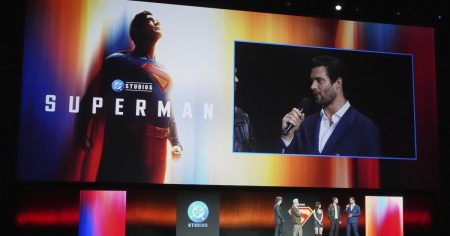In a troubling incident that has garnered significant attention, Garnet Mae, a 52-year-old director residing in McMahon’s Point, Sydney, found himself entangled in a disconcerting encounter with a neighbor who allegedly vandalized his Tesla. The incident unfolded when Mae discovered that his vehicle had been keyed, an act captured by the car’s built-in security cameras. The footage revealed a neighbor approaching the Tesla under the cover of darkness and dragging a key along its side, leaving a Trail of damage in its wake. This discovery not only highlighted the vulnerability of high-value vehicles to malicious acts but also underscored the potential for such incidents to escalate into confrontations that delve into deeper societal issues.
The confrontation between Mae and his neighbor took an intriguing turn as Mae, armed with the video evidence, approached the man. The exchange was tense yet controlled, with Mae calmly presenting the evidence and offering the neighbor an ultimatum: either compensate $800 for the damages or face a police report. The neighbor, denying any intent, claimed mere coincidence, but Mae’s assertion of deliberate vandalism was clear. The situation resolved remarkably with the neighbor agreeing to the financial settlement. Mae’s pragmatic approach, aiming to avoid legal entanglements while ensuring compensation, is notable. This personal resolution, however, doesn’t diminish the broader implications of the act, which points to a growing trend of Tesla targeted vandalism across Australia.
The rise in vandalism targeting Tesla owners, with incidents frequently involving keying, suggests a complex interplay of factors. According to motoring expert James Ward, Tesla’s polarizing brand image, often linked to the controversial figure of Elon Musk, may contribute to such acts. Ward suggests that an “us versus them” mentality, fueled by perceptions of wealth and technological elitism, might drive these malicious actions. This theory is bolstered by historical parallels, such as the targeting of Mercedes over Mazdas, indicating that envy and a desire to diminish perceived superiority may be at play. The role of Musk’s divisive persona further complicates the issue, with some individuals projecting their animosity towards him onto his products.
Delving deeper into the psychological underpinnings, Ward’s insights reveal a societal tension where conspicuous consumption, especially of luxury items like Teslas, can provoke feelings of inadequacy and resentment. This isn’t isolated to Teslas; high-end brands have long faced similar issues. Yet, the Tesla phenomenon, with its cult-like following and Musk’s inflammatory public persona, exacerbates this dynamic. The act of vandalism thus becomes not just random mischief but a symbolic strike against perceived elitism and privilege. This perspective shifts the narrative from mere property damage to a reflection of broader societal fissures.
Garnet Mae’s history with neighborhood disputes adds another layer to the story, highlighting the often volatile nature of communal living. Previous incidents, such as the boundary dispute involving a fence and a circular saw, illustrate a pattern of conflict that transcends simple vandalism. These episodes suggest underlying tensions within the community, where individual actions can quickly escalate into significant confrontations. The absence of a clear resolution in past disputes underscores the challenges of maintaining harmony in densely populated urban environments, where personal space and property rights frequently intersect.
The broader implications of this incident extend beyond the immediate parties involved, pointing to a need for heightened awareness and proactive measures among Tesla owners. The reliance on built-in security systems, as in Mae’s case, offers a degree of protection but also highlights the limitations of technology in preventing malicious acts. communities may benefit from fostering dialogue to address underlying tensions and reduce incidences of property damage driven by deeper socio-economic frustrations. As electric vehicles continue to gain prominence, understanding and addressing these issues becomes increasingly crucial to fostering a more harmonious coexistence between differing groups.
In reflection, the keying of Garnet Mae’s Tesla serves as a microcosm of larger societal dynamics, where technological advancement and wealth conspicuousness intersect with personal grievances and broader tensions. The incident, while resolved without legal recourse, underscores the need for both individual vigilance and community engagement to mitigate such conflicts and their underlying causes. As the world transitions to greener technologies, addressing these issues will be essential in creating an environment where innovation and integration coexist peacefully.









